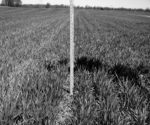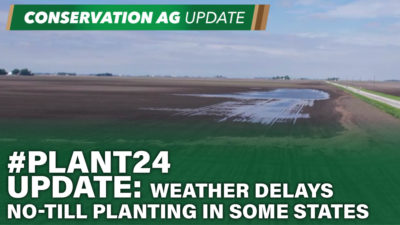28 Critical Points To Consider Before No-Tilling Continuous Corn
Mindful of an emerging trend, an agricultural engineer offers guidelines to thoughtful decision-making for no-tillers thinking about leaping into monoculture corn.
Read More












